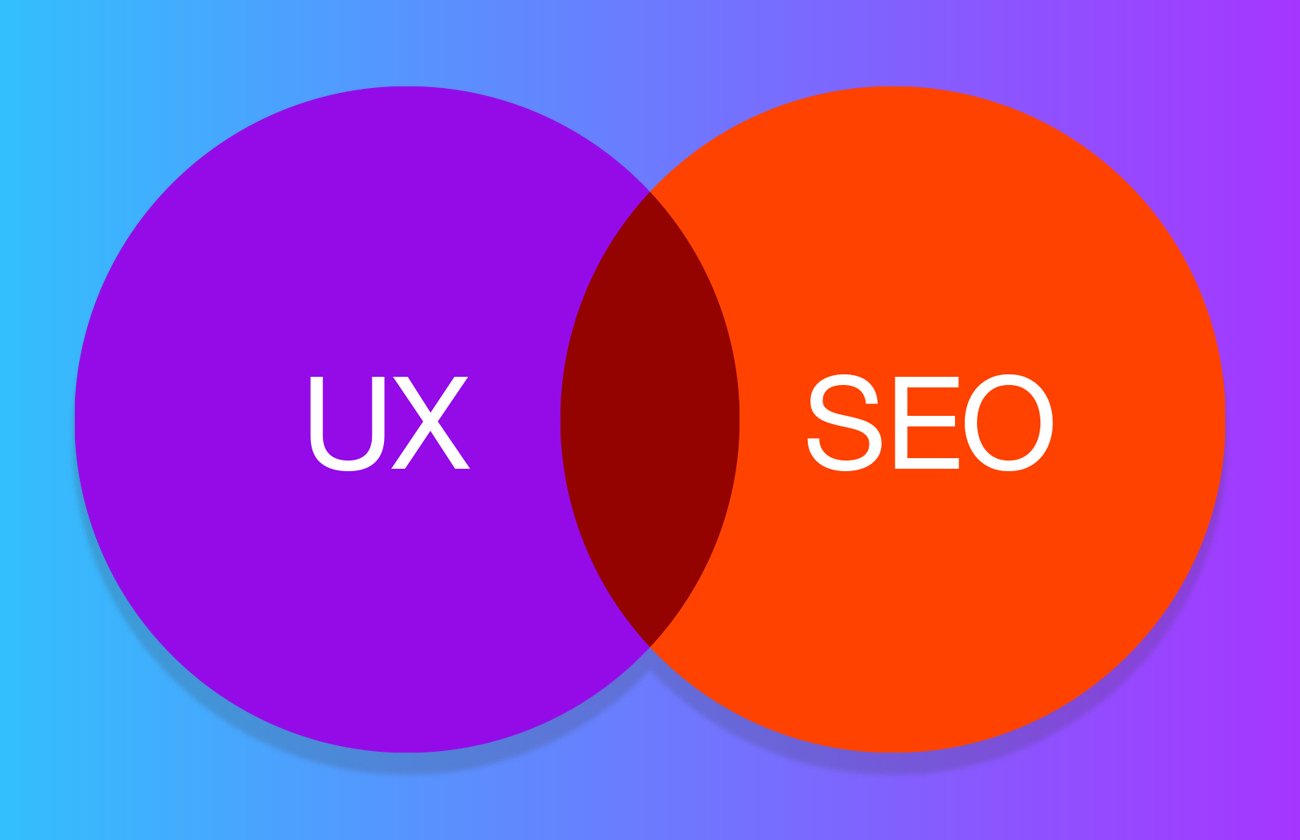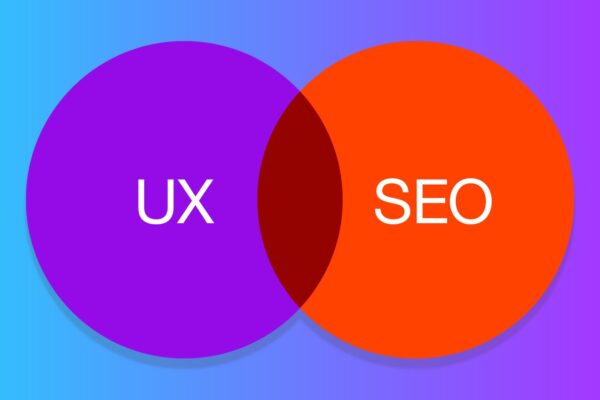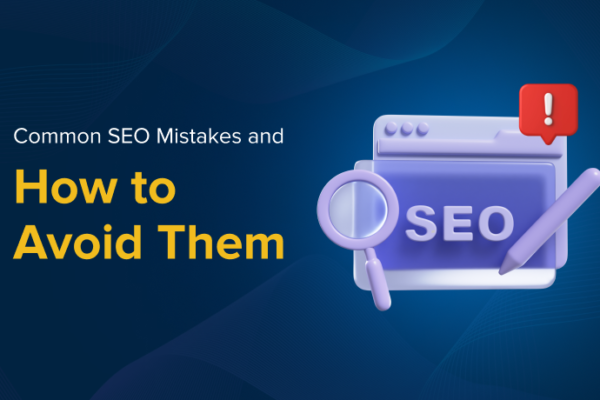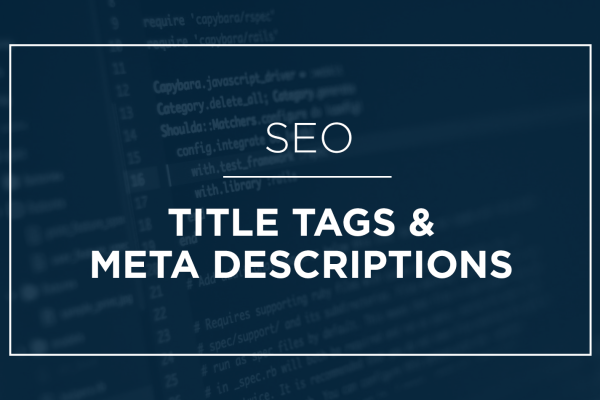SEO and UX are two important parts of a website that work best when used together. SEO helps people find your site on search engines, while UX makes sure visitors enjoy and stay on your site. In this blog, we will share information on how SEO and UX support each other to create a better online experience.
What is SEO and UX?
SEO (Search Engine Optimization) means making a website easy to find on Google and other search engines. It helps a website get more visitors by using the right keywords, good content, and clear structure.
UX (User Experience) means how a person feels when using a website or app. It focuses on making things simple, fast, and pleasant so that users can easily find what they need.
The Role of UX (User Experience) in SEO
UX (User Experience) plays a big role in SEO because search engines, especially Google, want to show results that give visitors a good experience. If people enjoy using a website, they stay longer, interact more, and are more likely to return. These signals help improve SEO rankings.
The Role of UX (User Experience) in SEO:
- Website Speed – Fast-loading pages improve both user satisfaction and search ranking.
- Mobile Friendliness – A responsive design ensures users on phones and tablets can navigate easily, which Google rewards.
- Easy Navigation – Clear menus and structure help users (and search engines) find content quickly.
- Content Readability – Simple, clear, and well-structured content keeps users engaged.
- Low Bounce Rate – If users leave quickly, it signals poor UX, which can hurt SEO.
- Engagement – Features like internal links, images, and interactive design encourage visitors to explore more pages.
SEO and UX: How Do They Complement Each Other?
SEO (Search Engine Optimization) and UX (User Experience) go hand in hand, and when done together, they create a strong digital presence.
SEO focuses on making a website visible to search engines so it ranks higher in search results. This includes keyword optimization, quality content, backlinks, and technical improvements.
UX ensures visitors have a smooth, enjoyable experience on the site through clear navigation, fast load times, mobile responsiveness, and engaging design.
How they complement each other:
- Better rankings through usability – Search engines reward websites that are user-friendly, mobile-optimized, and fast.
- Lower bounce rates – Good UX keeps users engaged, signaling to search engines that the site is valuable.
- Improved conversions – SEO brings visitors in, while UX convinces them to take action (buy, sign up, or engage).
- Content accessibility – SEO-optimized content that is easy to read and well-structured improves both rankings and user satisfaction.
















